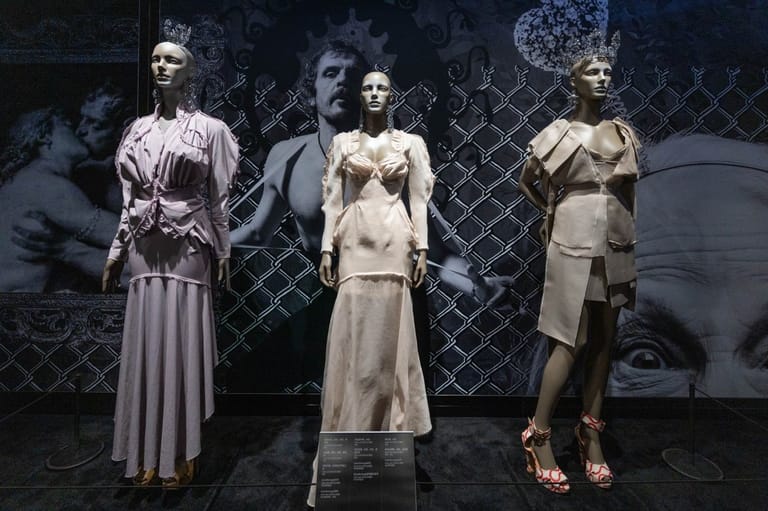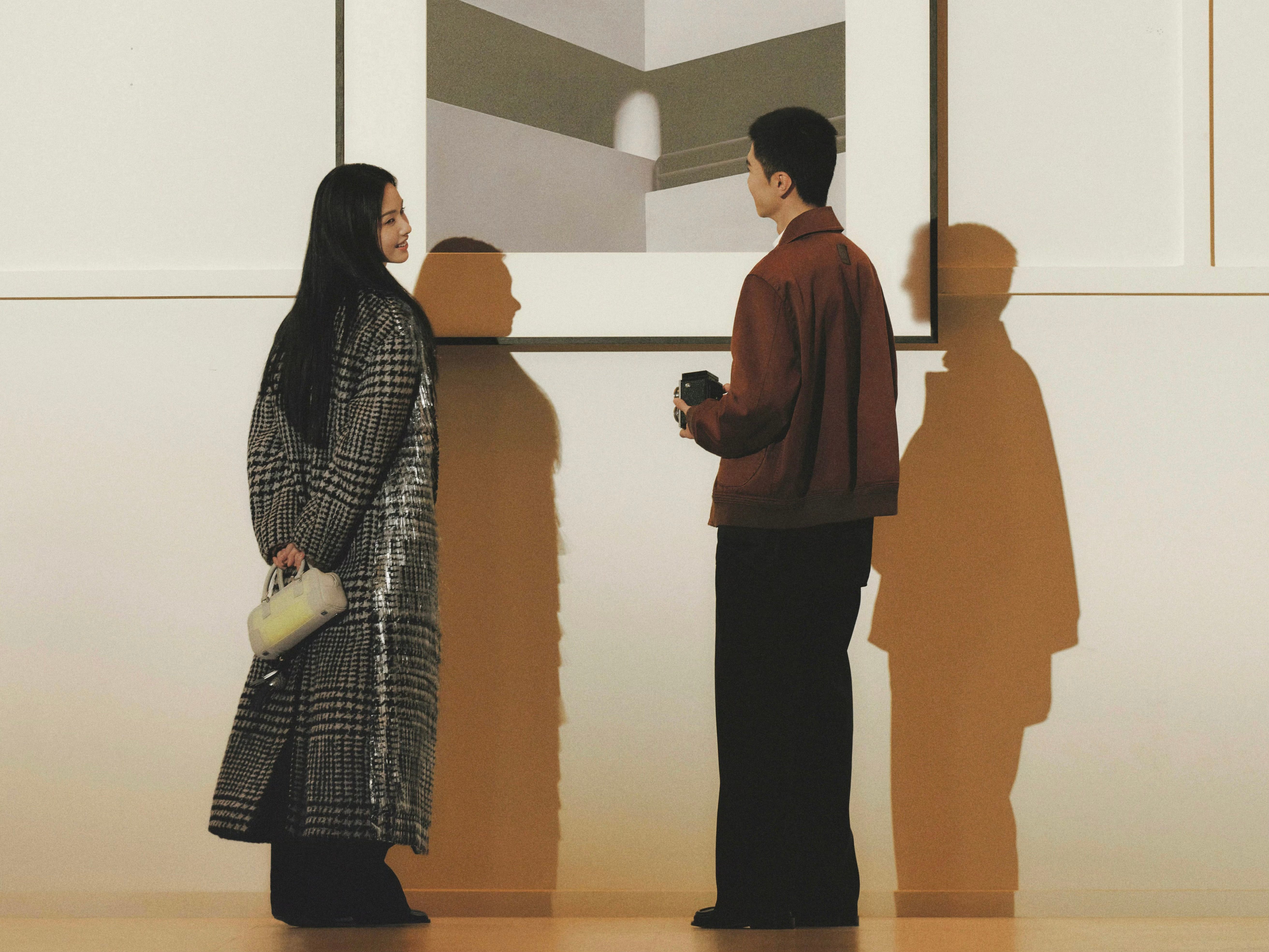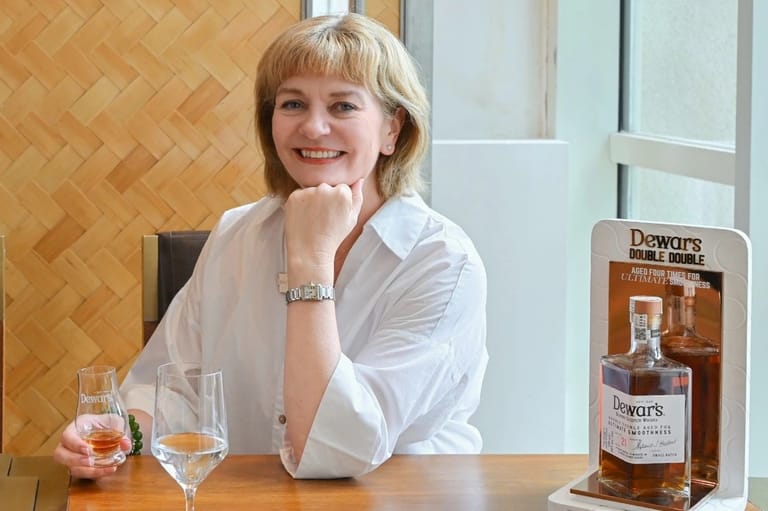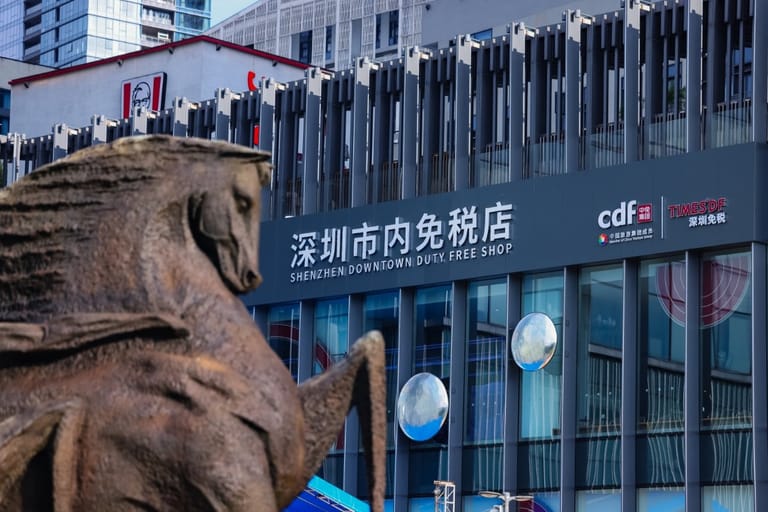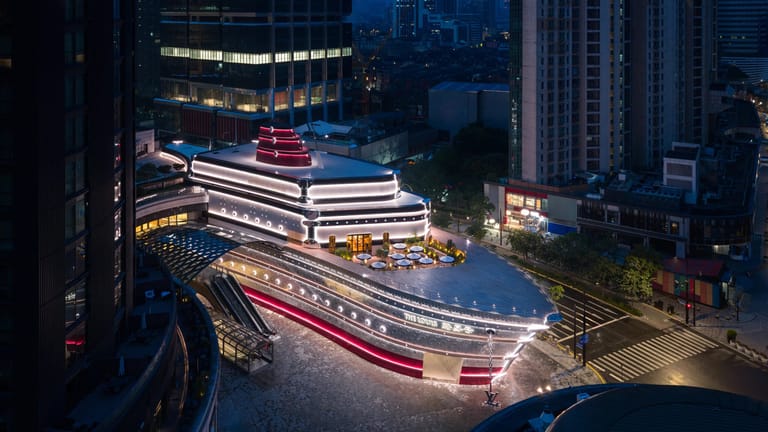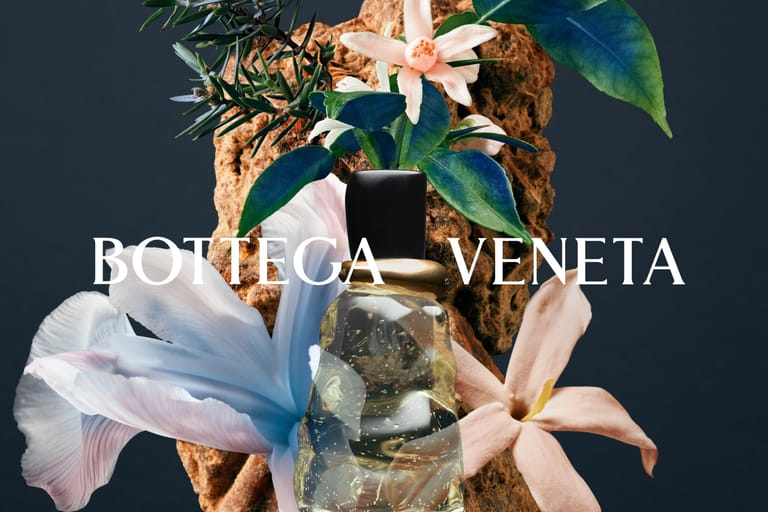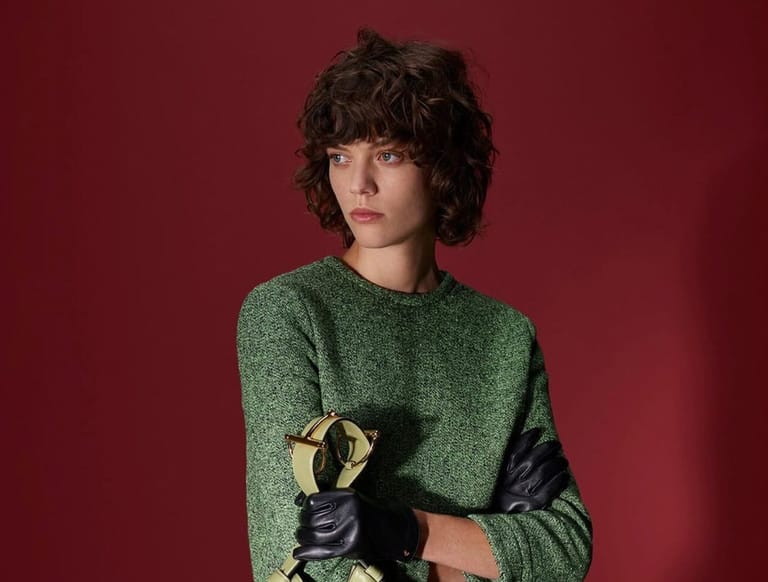Inside Casa Loewe Shanghai: A Luxurious Fusion of Art, Culture, and Craft
By
Huiyan Chen

Published on
February 20, 2025
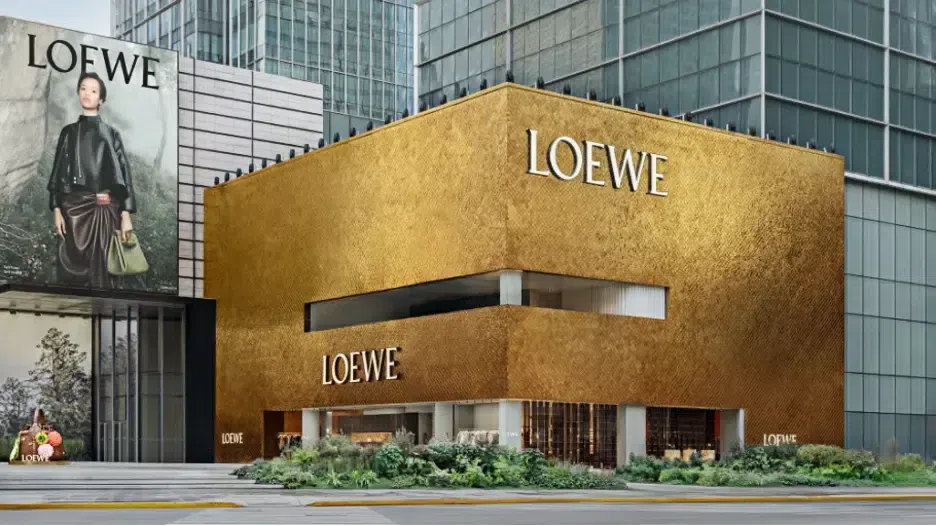
Jingzhi Curates is your daily compass for navigating the dynamic intersections of business, culture, and society. Each installment distills the day’s most pressing issues into thoughtful, actionable insights—perfect for leaders, innovators, and the intellectually curious. Whether a game-changing shift in global markets, a breakthrough in AI, or a cultural trend redefining consumer behavior, Jingzhi Curates delivers clarity in complexity.
On February 18, Casa Loewe, the brand’s largest Asian boutique, opened its doors in the Jing’an Kerry Centre in Shanghai. Spanning 695 square meters, the space showcases a full range of Loewe’s offerings: including men’s and women’s ready-to-wear, handbags, small leather goods, eyewear, accessories, footwear, jewelry, scarves, and shawls, including exclusive home fragrances and boutique-only products.
The name “Casa,” meaning “home” in Spanish, perfectly encapsulates Loewe’s essence. If Loewe were a person, its home’s “living room” would be filled with works of art crafted from the brand’s signature artisanal techniques—an embodiment of its core cultural identity. The exterior of Casa Loewe captivates with its stunning Spanish enameled ceramic tiles, artfully arranged in an irregular pattern that shimmers with golden light under the sun.
Situated in the heart of Shanghai’s bustling downtown, the building feels like a piece of art. Inside, the store’s color palette—whites, browns, golds, oranges, and greens—blends seamlessly with materials like glass, concrete, marble, and oak, creating the signature ‘Loewe calm.’ This ‘calm’ invites customers to engage with the art around them, offering a unique opportunity to connect with the brand’s spirit in the comfort of ‘home.’

There are also pieces from Japanese bamboo artist Hafu Matsumoto, including “Leather Woven Basket 3” and a bronze sculpture titled Rebirth by Chinese sculptor Han Dong. In its mission to engage art lovers, Loewe aims to transform this boutique into a thoughtfully curated space, inviting customers to explore the brand’s world and immerse themselves in the artistry that characterizes its identity.
Art and culture have long been key emotional touchpoints for Loewe in its communication with the market. Last year, near Casa Loewe, the brand hosted “Crafted World,” its first large-scale touring exhibition at the Shanghai Exhibition Centre. The exhibition received widespread acclaim and featured numerous works linked to the brand’s history. Following its debut, Crafted World will travel to Tokyo later this year.
The opening of Casa Loewe underscores the luxury retail industry’s growing emphasis on flagship stores.
In recent years, luxury brands have strategically expanded into key global cities, strengthening their competitive position in the retail market. The simultaneous openings of Balenciaga’s flagship stores in both Shanghai and Beijing, as well as Tiffany’s largest flagship in Chengdu, have demonstrated a new retail approach.
These flagship stores, including Casa Loewe, share two key characteristics: they evoke emotional atmospheres and de-emphasize the transactional nature of retail. Both serve to achieve the same objective: elevating the space to a landmark, a destination where consumers can connect with the brand—not merely a place for product displays.
As consumer demand becomes increasingly diverse and shopping channels more varied, the luxury industry is reevaluating its offline retail strategies. In a landscape dominated by experiential and emotional consumption, luxury brands are being called upon to create immersive experiences that engage consumers on a deeper level. By doing so, they strengthen the emotional bond between the brand and its clientele.
Casa Loewe effectively responds to this trend by using cultural and artistic elements to craft an emotionally resonant space. This approach softens the commercial aspect of Loewe’s products and enriches its brand narrative. It may even shape some consumers’ first impressions of the brand.
Loewe has been ahead of the curve in adopting this exhibition-style retail approach in the Chinese market. Last year, the brand opened an experiential retail space in Chengdu Taikoo Li that surpasses Casa Loewe in concept— Loewe Gaozhai, Chengdu. Unlike a traditional store, this space was originally the oldest residence in Chengdu, Gaozhai. After a redesign, it became a fusion of local Chengdu culture and Mediterranean Spanish heritage. Inside, Loewe also engaged with abstract art to connect with Chengdu consumers, highlighting the brand’s forward-thinking approach to retail.
The emergence of flagship stores marks not just a new chapter in luxury retail strategies but signifies a transformative shift in consumer behavior where immersive, brand-centric experiences take precedence over mere transactions. Rather than expanding indiscriminately, luxury brands are becoming more selective in their investments, focusing on core markets to capture a more affluent customer base. The emergence of flagship stores, coupled with the decline of traditional outlets, may signal an inevitable “metabolism” within the luxury retail network.





